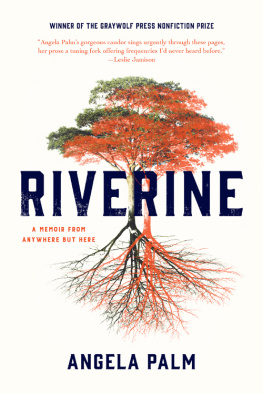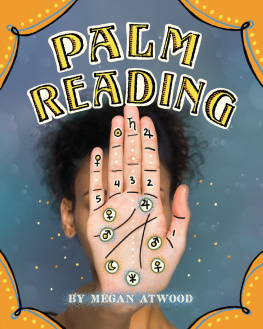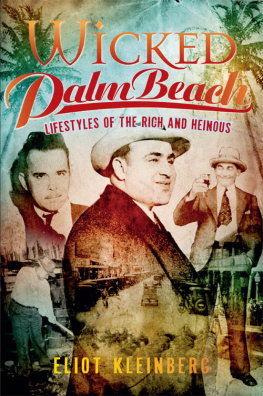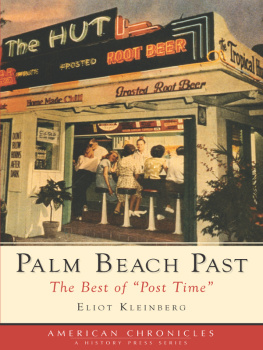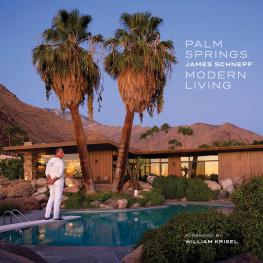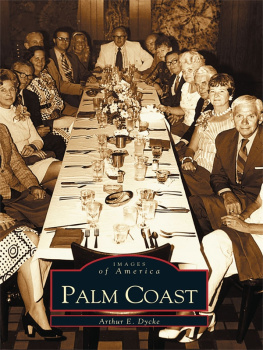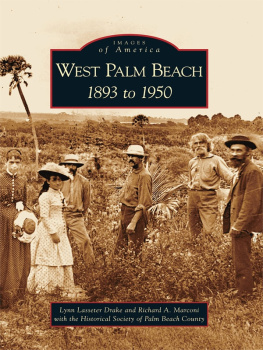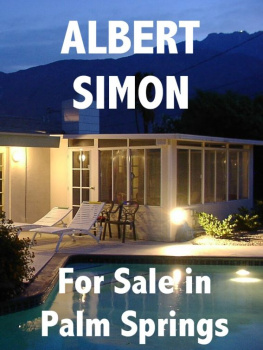RIVERINE
A Memoir from Anywhere but Here
ANGELA PALM
GRAYWOLF PRESS
Copyright 2016 by Angela Palm
This publication is made possible, in part, by the voters of Minnesota through a Minnesota State Arts Board Operating Support grant, thanks to a legislative appropriation from the arts and cultural heritage fund, and through grants from the National Endowment for the Arts and the Wells Fargo Foundation Minnesota. Significant support has also been provided by Target, the McKnight Foundation, the Amazon Literary Partnership, and other generous contributions from foundations, corporations, and individuals.
To these organizations and individuals we offer our heartfelt thanks.

Published by Graywolf Press
250 Third Avenue North, Suite 600
Minneapolis, Minnesota 55401
All rights reserved.
www.graywolfpress.org
Published in the United States of America
ISBN 978-1-55597-746-7
Ebook ISBN 978-1-55597-942-3
2 4 6 8 9 7 5 3 1
First Graywolf Printing, 2016
Library of Congress Control Number: 2015953721
Cover design: Kimberly Glyder Design
Cover art: shaunl / Getty Images
For Corey, who was there, and Mike, who is here
RIVERINE
PART I

WATER

MAP OF HOME
Every map is a fiction .
D. J. WALDIE
I used to spend hours poring over the state road map, perplexed by the way towns and cities were annotated. Here was a small pink dot called Hebron, its name typed neatly in a little sans serif font. I moved my finger across light yellow paper, then across a wavy blue line until it touched the next pink dot. This one was called DeMotte. This was where I lived. In the pink dot called DeMotte in the map of Indiana. But our address was Hebron, Indiana, and not DeMotte, Indiana. Knowing little of governance and less of mapping, I rested my eyes curiously on the yellow paperwhat was between the two pink-dot towns? A vast patch of nothing? How could we reside in both towns, yet seemingly in neither at the same time? Where did one town start and the other end? Was there an unnamed part between the two that was up for grabs? I wanted to conquer that yellow land and write myself all over it: this part, this swath of land right here, belongs to a girl.
I obsessed about this empty space. I turned it round and round in my head, mulling over its possibility. At school, I was learning about the laws of physicsa primary introduction to an invisible governance that was as old as time. I became aware of moving forward in time, bound by the laws of the universe. This, too, I obsessed about. It changed the way I saw everything around me, including Corey, the boy next door whose bedroom window faced mine. He moved mechanically, rhythmically, through time and space. At eight years old, I had imagined mapping myself onto his skin, clinging to the idea of a future between me and my eleven-year-old friend that did not exist. I followed him closer than his own shadow. Little girl, second skin. He did not mind.
The yellow space on the map could be an isolated system, I thought, enclosed and separate with a nuclear interiorlike a thermodynamic system, where all the energy is contained and nothing gets out. I was well acquainted with the sensation of exterior isolation and interior energy, of the power in that juxtaposition. We lived many miles away from most of the kids I went to school with in DeMotte. I lacked a true set of friends, our home far from the subdivisions where kids from school played together. Instead, I took to books and art, to sketching still life pictures with charcoal and singing loudly in the rain. Though I watched Corey in his window as if he were a television show, he was a real friend, materializing beyond the frame as hands that gripped mine and swung me in circles, as feet to kick a ball to, as ears to listen to me talk and sing. As proof that we existed beyond our windows. But mostly, solitary pursuits replaced social ones and a cacophony of ideas swirled inside me, while DeMottes social hubbub remained distant and encamped within a town I didnt feel much a part of. Further isolation stemmed from the fact that the town center, several miles from where our houses were located, was comprised of the affluent Dutch, who had settled and built homes, farms, and churches there many decades earlier. The DeMotte Dutch were a close-knit bunch: tall and blond with smart little noses, nearly interchangeable last names, and conservative values and politics. In this town, you were either Dutch or you werent. Other backgrounds werent given attention.
Most of the kids we lived near were poorer than us. Some of them were the kind of poor that amounted to dirty hands, hunger, unwashed and ill-fitting clothes, and no coats at the school bus stop in the thick of winter. Many were the kind of kids who either bullied or were bullied by others. My brother, Marcus, and I were well fed and clean clothed. While our food wasnt fancy, it was abundant. A measurable amount of parental love was available to us. Our clothes were from the clearance racks at Montgomery Ward, which my mother felt was an extravaganceit was more than shed had, and certainly more than my father had had. And it wasnt much to complain about. The clothes were usually one season removed from fashionable, but they were new and our very own. Despite these differences, all of us living by the river were the kind of kids who sometimes had money for the ice cream truck and sometimes did not. We were the kind of kids who sometimes looked on, frozen in our tracks as the truck rolled by, a plea hanging between us as a slowed-down, creaking version of Home on the Range cut through the air.
Something about our neighborhood had caused my parents to set physical boundaries of roaming allowance that did not extend much farther than our backyard. The road, barely wide enough for two cars to pass, had no sidewalks, and there were many drunks, as we called them, who often drove recklessly down our shared street. If you were playing on the road and a car came, you didnt simply step aside. You ran out of the way. There were also near vagabonds, supposedly unsavory individuals who stayed a spell in one of the makeshift pole barns or partially dilapidated trailers and then moved on. These were factors in our boundaries, though I didnt yet know how or why.
The area to which we were restricted had once formed the bed of the Kankakee River and often flooded. Every few years, when the human-made part of the river swelled and reclaimed its old course, our home became an island. Periods of flood became epic adventures, because our house was constructed in the exact place where the river ought to have been. Where it once had been. Floods gave us the opportunity to go back to a time when sustenance came from the land, as did fear and injury. We learned from our neighbors, who were active Revolutionary War reenactors and rendezvousers, how to suck the thin pink trills of grapevine when we were thirsty. We practiced spearing fish on gigantic carp, the mud-veined fish that seemed to rise up from the bloated overflow like Loch Ness monsters, with the point of an arrow. Leaning over the edge of a canoe, we would look the mythical beasts right in the eye. Then, wham , we hit them straight through the spine, justifying their deaths by the fact that they were inedible and served literally no useful purpose on Earth.

